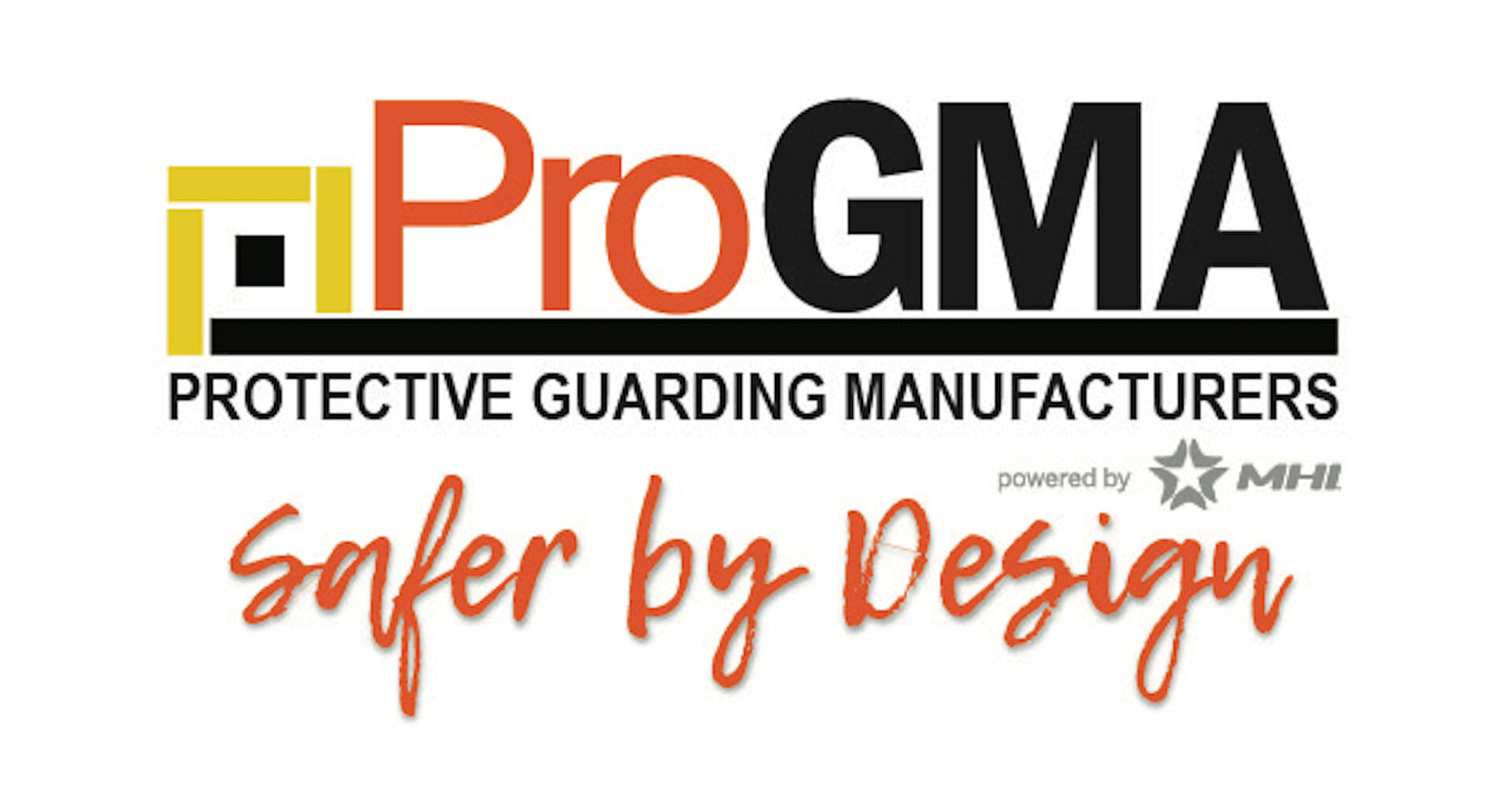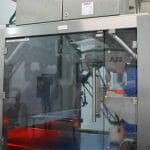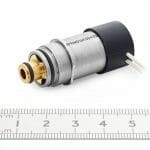ProGMA publishes ANSI Standard MH31.1 Steel Mesh Containment Panels used in Pallet Rack and Vertical Storage Systems Applications: Performance and Testing Requirements.
- ByGreg Schweinberg
The release of the Protective Guarding Manufacturers Association’s (ProGMA) first American National Standards Institute (ANSI) standard—Steel Mesh Containment Panels used in Pallet Rack Vertical Storage Systems Applications: Performance and Testing Requirements—is a first step in providing the marketplace with certified product testing protocol.
For reference, ANSI facilitates the development of American National Standards (ANS) by accrediting the procedures of standards developing organizations (SDOs), like ProGMA. These groups work cooperatively to develop voluntary national consensus standards. Accreditation by ANSI signifies that the procedures used by the standards body in connection with the development of the ANS meet the institute’s essential requirements for openness, balance, consensus and due process.
ProGMA acknowledges that, while it is the first ANSI standard developed by members, it isn’t the only standard that applies to the products that membership represents.
Publication of MH31.1 was particularly uplifting for the authors in that it concluded five years of collaboration between six participating wire partition manufacturers that have membership within ProGMA. Total membership is 21 companies that manufacture a variety of protective guarding solutions.
This standard principally provides performance and testing requirements for vertically mounted steel mesh containment panels used in pallet rack and vertical storage system applications to contain and minimize the potential for falling items, protecting personnel, product, and property. It is relevant to sites that already have installed steel mesh containment panels and when such product is part of a new installation.
It is important to emphasize that there are alternative products and solutions that perform similar tasks, but this document covers suggested design practices and operational requirements for the aforementioned steel mesh containment devices.
Purpose
The purpose of the document is three-fold:
- To provide guidelines for the design and testing of steel mesh containment panels used in pallet rack and vertical storage system applications.
- To promote the understanding of the respective responsibilities of manufacturers, sellers, installers, owners, users, and governing bodies associated with steel mesh containment panels used in pallet rack and vertical storage system applications.
- To provide a uniform means of testing.
Within that scope, we looked closely at many different scenarios, intent on raising awareness in particular on:
- Protection of workers from falling product.
- Prevention of product falling from or being pushed through a rack near a work cell, into a work area.
- Prevention of product being pushed into building walls and other walls, and being damaged or punctured.
- Ensuring a clear space for fire suppression.
It’s worth highlighting here some key areas therein.
Testing
By providing standard testing methodology, the industry will now have a guide to follow, which will result in consistent, replicable test results. This is not intended to create a minimum or required performance objective for containment panels. The objective of this testing is to apply a quantifiable impact load at both the geometric center and an offset quadrant of a steel wire mesh containment panel and indicate wire or weld failure, if they occur. Deflection of the mesh during impact is also quantifiable in a risk assessment, the standard says.
Responsibilities
All load-supporting parts of the steel mesh containment panels shall be designed and constructed in accordance with certain requirements related to material, welding, burrs or sharp edges and nameplates / markings. Structural steels and other materials specified by the manufacturer shall conform to applicable American Society for Testing and Materials (ASTM) standards. All welded connections shall be performed in a manner consistent with American Welding Society (AWS) C1.1 for resistance welding and ANSI / AWS D1.1 for arc welding.
All exposed burrs or sharp edges that can cause injury shall be removed by the manufacturer. At installation completion, the installer shall ensure sharp edges or burrs that could have occurred in shipping or during site modifications are removed. The manufacturer shall supply replacement nameplates, caution or instruction labels, and operating and maintenance manuals upon request of the owner.
Fire suppression
This became an important component of MH31.1 as we went through the drafting process.
National Fire Protection Association (NFPA) 13 (Standard for the Installation of Sprinkler Systems) sets requirements for fire protection and suppression measures, including for pallet rack systems. Several jurisdictions normatively reference NFPA 13 in their local fire or building codes.
Some end users and other decision makers do not realize that for back-to-back pallet racks, NFPA 13 requires a longitudinal flue space, or a horizontal gap between the backsides of back-to-back rack and shelving systems. Specifications of the pallet rack such as height, type of shelving, etc., govern the required flue space.
Be certain to consult all state and local fire and building codes.
In the standard, we look closely at a longitudinal flue space application and illustrate single containment panels, flue space, panel offset, safety factor, maximum dynamic deflection, and back-to-back containment panels.
It’s important to note that NFPA 13 defines flue space as, “clear vertical lines of sight from the floor up to the ceiling within rack storage systems”.
Consider the importance of this in a fire situation when a sprinkler system is activated. Utilization of separate steel mesh containment panels on the backsides of both pallet racks can help maintain clear longitudinal flue space by preventing pallets or boxes from getting into this restricted area, thus, allowing the sprinkler system to suppress the fire.
Flue distance calculated
Note that the installation of steel mesh containment panels in rack systems typically includes a gap between the steel mesh containment panel and the stored material. The longitudinal flue distance would be calculated as the “clear” dimension between the steel mesh containment panels. Steel mesh containment panel installation shall be taken into consideration when designing a pallet rack system to comply with NFPA 13.
Steel mesh containment panels vary in size. Whether they be a 2 inch by 2 inch square, 1 – ½ inch diamond, or 1 inch by 2 inch rectangle, the mesh openings allow for water to easily access each rack storage level, while not adversely affecting the spray pattern from sprinklers.
Again, as MH31.1 states, be certain to consult all state and local fire and building codes.
MH31.1 Steel Mesh Containment Panels used in Pallet Rack and Vertical Storage Systems Applications: Performance and Testing Requirementsis available on the MHI Bookstore and ProGMA website for $50 ($25 to members). The group was continuing work on a second ANSI standard at the time of going to press.
- Greg Schweinberg is manager, engineering at ProGMA member company Folding Guard. A MH31.1 drafting committee also included representatives of Husky Rack & Wire, Jesco Industries Inc., SpaceGuard Products Inc., Troax Inc., and WireCrafters LLC.








